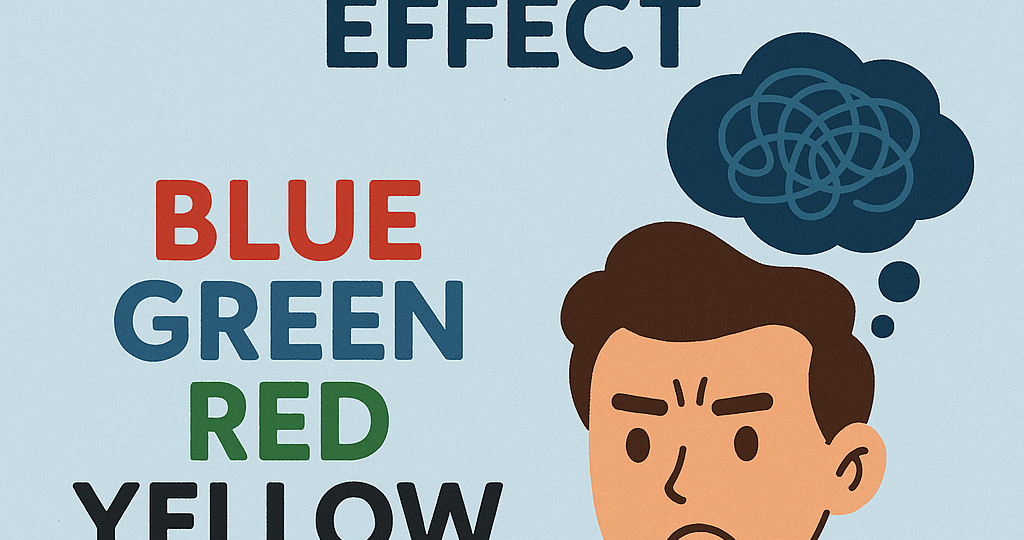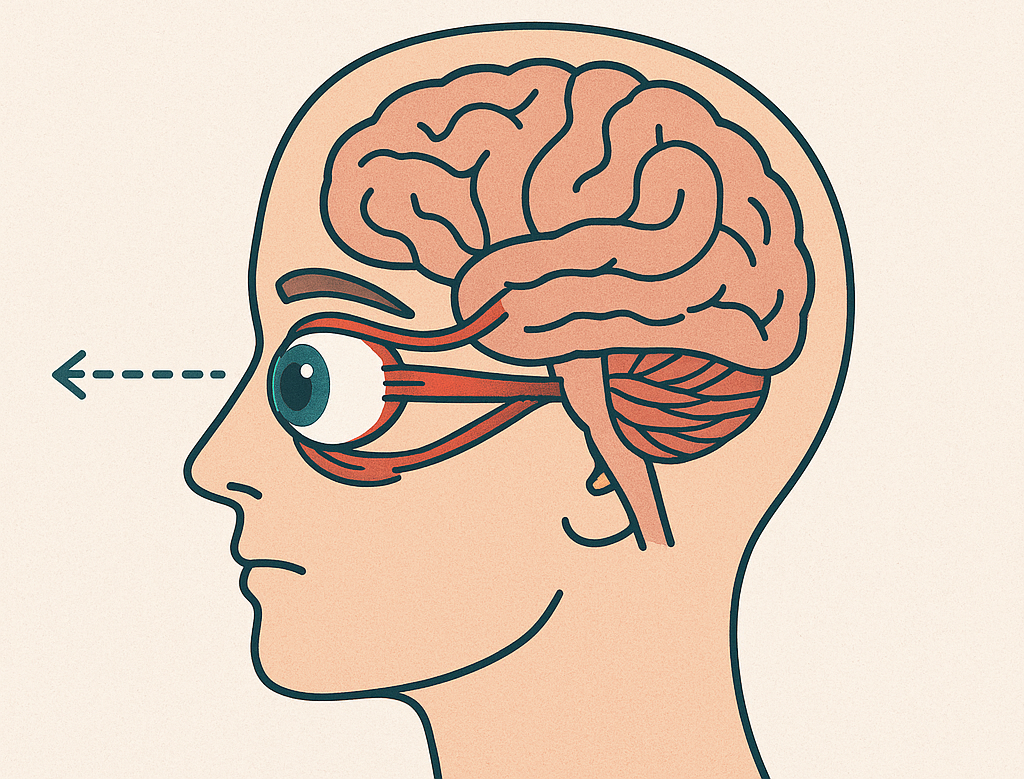
We’ve all probably seen this in a movie or even done it. When a color like ‘red’, ‘green’, etc is written on the board in a different color, and we’re asked to name the color of the ink rather than to read the word, have you ever noticed how people struggle and make so many errors? This is commonly called the Stroop Effect.
The Stroop effect is a psychological phenomenon that shows how the brain reacts when given conflicting inputs. It is named after psychologist John Ridley Stroop in 1935. So, why does this happen?
This happens because reading is an automatic process for most literate adults. When you see a familiar word, your brain instantly recognizes and interprets it—often faster than it processes visual features like ink color. So when you try to name the color of the ink, you have to override the automatic impulse to read the word. This conflict between the fast, automatic system (reading) and the slower, controlled system (color recognition) creates what psychologists call cognitive interference.
The Stroop Effect has become a powerful tool in cognitive psychology. It helps researchers understand how we focus attention, manage competing information, and switch between tasks. It’s also used in clinical settings to evaluate executive function—the brain’s ability to plan, focus, and control impulses—in people with conditions like ADHD, schizophrenia, and brain injuries. Variants of the Stroop test, such as emotional versions using words with emotional weight, are used to explore anxiety, PTSD, and depression.
Beyond the lab, the Stroop Effect reminds us how our minds aren’t always under full conscious control. It shows why multitasking is difficult, and why we sometimes struggle to focus when distractions are present. By studying these small moments of mental interference, we gain big insights into how the brain processes information—and where it can stumble.
RELATED POSTS
View all

